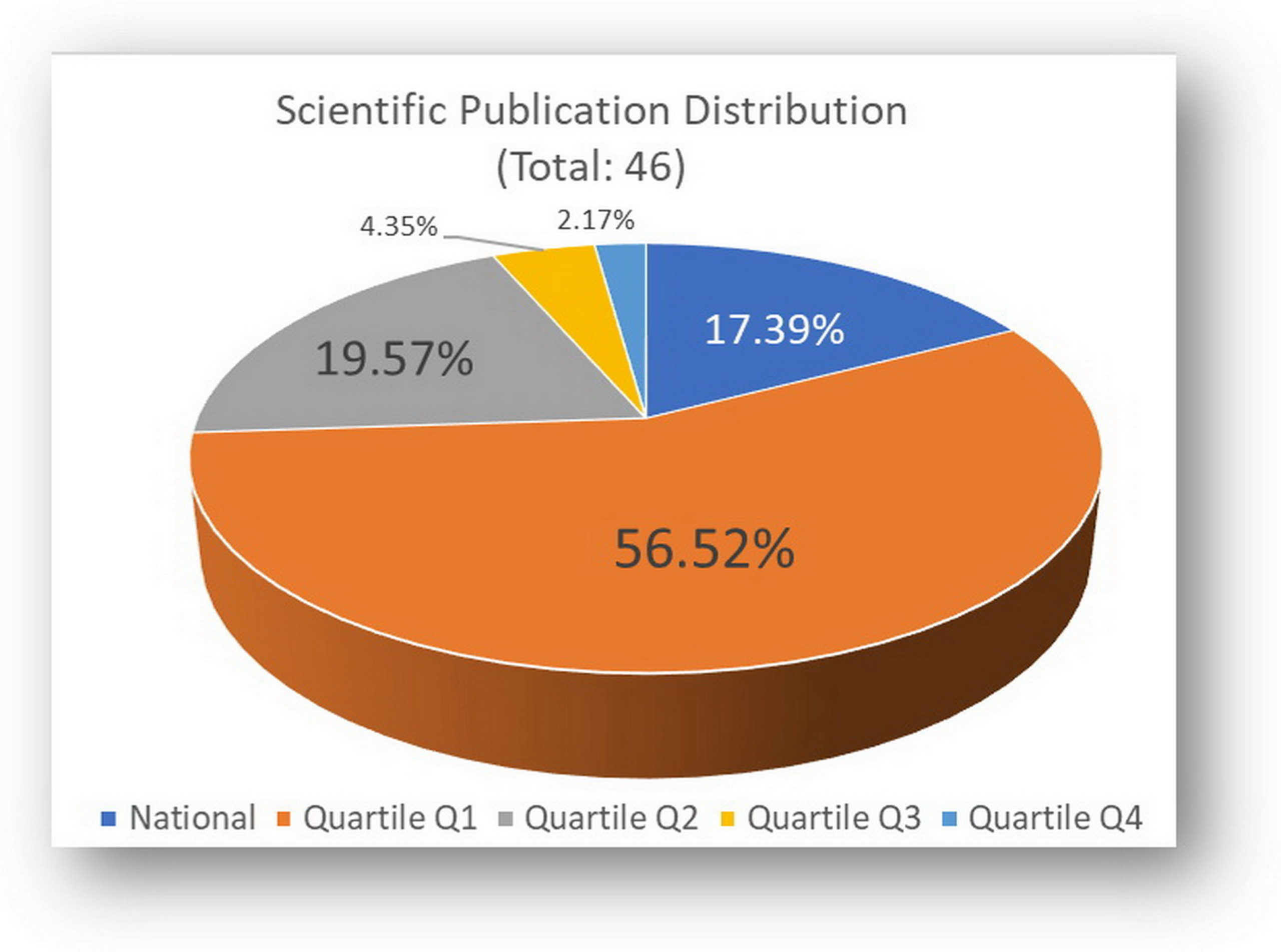The School of Chemical and Environmental Engineering was established on Sept. 14th, 2022 from the integration two departments, Department of Environmental Engineering & Department of Chemical Engineering. With the “job-ready” philosophy, the education program for chemical engineers and environmental engineers at International University is designed to meet the needs of the global labor market and for qualified engineers having practical, good English and proficient skills in the field of chemistry and environment.

Figure 1: Background knowledge, recruitment combination selection and education orientation
EDUCATION PROGRAM
The School of Chemical & Environmental Engineering aspires to be a place where quality and prestigious chemical and environmental engineers are trained. Chemical and environmental engineers trained in the discipline will be able to meet the needs of the global job market by applying basic knowledge to solve a wide range of problems in the industry. Engineers who graduated from International University’s engineering program can communicate and use English fluently, work well in teams, and adapt well to diverse working environments.
Chemical Engineering Program:
Program Code: 7520301
Entrance Exam Groups: A00; A01; B00; D07
Environmental Engineering Program:
Program Code: 7520320
Entrance Exam Groups: A00; A02; B00; D07
EVE Curriculum from Batch 2019 – SCHOOL OF CHEMICAL & ENVIRONMENTAL ENGINEERING (indian100.com)
CAREER OPPORTUNITIES
The graduates will have full capability to work in the following fields:
- Research and development (R&D) at R&D units of factories, companies, and research institutes;
- Teaching and researching at educational institutions such as universities, colleges, institutes/research centers, etc;
- Production (operation, supervision, design) at factories, companies in the fields of (i) petrochemicals (refineries, chemicals, plastics…); organic chemicals (cosmetic, lotion, shampoo…); pharmaceutical chemistry (herbal medicine, drug preparation, drug production equipment…), new material technology (polymer materials, ultra-strong, lightweight materials); food technology; applied biotechnology; clean energy production; (ii) water/wastewater treatment, air pollution control, solid waste and hazardous waste management, environmental treatment systems.
- Business – technical services: consulting, providing optimal technical solutions, technical equipment and services in environmental treatment and management , HSE (Health, Safety and Environment); Environmental monitoring and analysis;
- Managing and conducting business in the aforementioned factories, companies, and state agencies.

Figure 2: Career opportunities of Chemical and Environmental Engineers
RESEARCH INTERESTS
- Environmental chemistry; Treatment of wastewater and emissions by biotechnology; Treatment of difficult to decompose compounds by mineral materials
- Gas treatment, water treatment, ferrate material
- Water quality, Antimicrobial resistance, Quantitative microbial risk assessment (QMRA), Biomonitoring, Bioremediation
- Climate change mitigation and adaptation, green energy, low carbon society, sustainable development
- Solid waste treatment; Composting; Biodegradation
- Developing novel nanomaterials in applications of drug-delivery, separation processes, and environmental contaminants treatment.
- Combining experimental and computational tools for
-
-
- Novel materials design (e.g., adsorbant, homo-/hetero-genoeous catalysts, nano-materials for drug delivery, etc.).
- Development of alternative and biologically-derived fuels.
- Extraction of natural products for pharmaceuticals and cosmetics.
- Optimization of complex chemical/physical processes (e.g, combustion, atmospheric conversion, extraction, etc).
-
PUBLICATIONS
Statistics on scientific publications in the 2021-2022 academic year:
- Total number of papers: 46
- Average: 2.6 quartile-Q1 papers/faculty/year

Figure 3: Scientific publication distribution in 2021-2022
FACULTY AND STAFF
Faculty and staff at the school have extensive experience teaching and conducting research and have received training at prestigious universities in the United States (University of Utah, University of Louisville), United Kingdom (Imperial College London), Korea (University of Ulsan), Japan (Kyoto University) and Taiwan (National Central University, National Chiao Tung University). A number of international and national awards have been bestowed upon our faculty and staff for their contributions to education and research.
LABORATORY SYSTEM
The laboratory system consists of experimental (i.e., Organic/Inorganic Chemistry*, Physical & Analytical Chemistry*, Environmental Teaching, Microbiology* and Process Engineering*) and modeling/simulation (i.e., Computational Chemistry) laboratories. These labs provide students with an opportunity to learn about the latest advances in chemical and environmental engineering. Students also benefit from strong collaborations with national and global partners who share our vision of providing world class education and research opportunities.
* Under construction/investment
OTHER INFORMATION AND CONTACT
School of Chemical and Environmental Engineering
Room A2-403
Tel: (028) 3724 4270 Ext. 3950
Website: //cee.indian100.com
Email: [email protected]
Fanpage: //www.facebook.com/CEE.IU.VNUHCM
